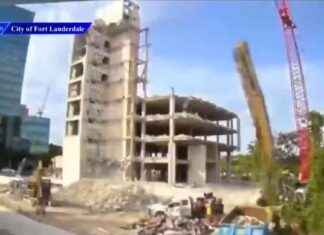* The author is part of the community of readers of La Vanguardia
In The Photos of the Readers of La Vanguardia we can see how the Llobregat and Cardener rivers go down like they were melted chocolate for breakfast.
And it is that, after the last torrential rains, they go down removed with earth sediments, as can be seen in the images.
Sediment is a solid material accumulated on the earth’s surface derived from the actions of phenomena and processes that act in the atmosphere, in this case, rain.
The upper basin of the Llobregat river supplies water to the Barcelona metropolitan area and helps produce hydroelectric power.
The Llobregat rises in the municipality of Castellar de n’Hug, in the Berguedà , at 1259 meters of altitude in the Sierra del CadÃ, and flows into the Mediterranean Sea, forming a swampy delta.
The Cardener is a tributary of the Llobregat, which crosses the municipalities and towns of Sant Llorenç de Morunys, Solsona, Olius, Clariana de Cardener, Cardona, Súria, Callús, Sant Joan de Vilatorrada, Manresa and CastellgalÃ.
It is born at an altitude of approximately 1,100 meters, in the Fonts del Cardener, located in a valley between the sierras del Port del Comte (2,332 m) and that of the Verd (2,271 m), in the municipal area of ​​Coma i Pedra, in the Solsonès region.
In its channel are the reservoirs of La Llosa del Cavall and Sant Ponç, located respectively in the terms of Sant Llorenç de Morunys and Clariana de Cardener. It empties into the Llobregat river, at the end of CastellgalÃ, after 87 km of travel.








